Beyond the Crowds - Rethinking Travel
I've been meaning to write about overtourism for months. Turns out, I'm part of the problem too. A deep dive into why our travel habits might need a reset.
Overtourism has been on my mind as a subject to write about for months. It was on my list during my first months on Substack, was considered for my 2024 in review post, or in January this year as a part of some lame New Year's resolutions. But as I don't have a solution to it, I kept postponing it. Until now. Because, like climate change, it's something we need to keep addressing, especially as so-called travel writers (that would be me). So this post ended up being an exploration1 of the complexities of modern tourism.
What are we Facing?
First, let's have a look at some articles and numbers to understand the scale of overtourism we're currently facing.
The Genesis of Overtourism. The term was invented in 2016 after a visit to Iceland, but what has happened since then?
According to the latest ‘World Tourism Barometer’ from UNWTO, an estimated 1.4 billion tourists travelled internationally in 2024, indicating a virtual recovery (99%) of pre-pandemic levels.
Recent satellite data suggests that 80% of travellers visit just 10% of the world's tourist destinations, according to a report released by McKinsey.
The Japan National Tourism Organization announced that the estimated number of foreign visitors to Japan in 2024 will be 36,869,900. This is an increase of 47.1% from 2023 and up 15.6% from 2019.
Fodor's has listed fifteen destinations (those suffering from untenable popularity) to reconsider in 2025.
The UN World Tourism Organization (UNWTO) published the report 'Understanding and Managing Urban Tourism Growth beyond Perceptions’ in 2018. The factsheet is public.
To understand what overtourism means for a city, read Can Barcelona Survive Mass Tourism? in The New York Times.
Some overwhelmed destinations
You are probably familiar with the ‘Tourists Go Home’ protests in Barcelona, the behind-the-scenes photos of sunset crowds in Santorini, separate tourist queues for tram 28 in Lisbon, and other signs of Tourismphobia.
Afraid of Kyoto
Fellow Substacker
was afraid of visiting Kyoto. I had more or less the same feeling before I went there, especially after experiencing quiet Tohoku. Let's face it: Japan is overly popular. The main reasons are the country's reopening after the pandemic, the weak yen making it affordable and, let's be honest – it is truly a beautiful and magical country.A friend's mother was visiting Japan at the same time, travelling with a group. This was quite insightful, as I learned how tour groups follow their itineraries, allowing me to do things “counterclockwise” and skip some sites, as I described in this note (although I should have made it clear that it wasn't literally against the clock 🙃).
As countermeasures, Japan is urging Australian tourists to venture beyond the golden route, and Kyoto has raised its accommodation tax (which is a good idea!). I also liked this suggestion about planning a trip backwards.
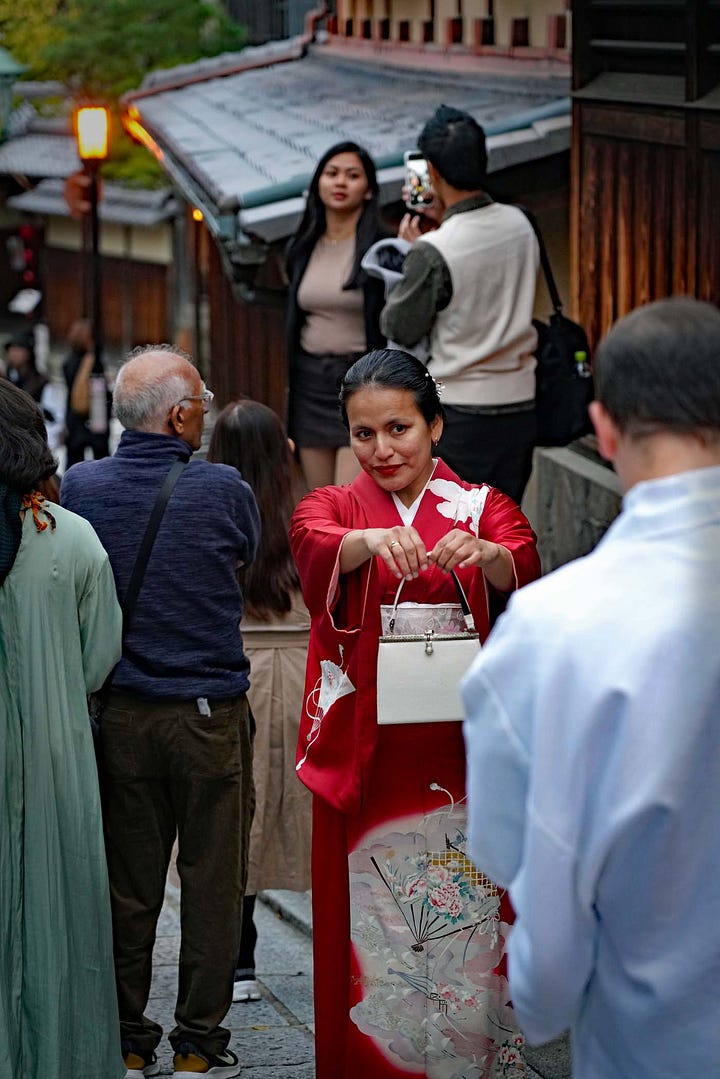

Italy is Beautiful, but..
Rome, Florence and Venice all have to deal with the consequences of mass tourism. Italy is one of the most beautiful countries in the world - it truly is. However, not when places are flooded with people all at once.
I enjoyed reading the ‘We Need to Talk About Overtourism’ series by
(the Cinque Terre Edition and the Florence, Venice, Rome Edition). It is a very honest report about what is happening in Italy. This quote says it all:“Tourists have asked me what time Venice closes. I kid you not.”
With the Jubilee year in Rome this year, it could become even worse. There are some measures already. Day-trippers now have to pay entry fees for Venice, there is a walkway at the Trevi Fountain, and Florence has banned Airbnb and short-term rentals.
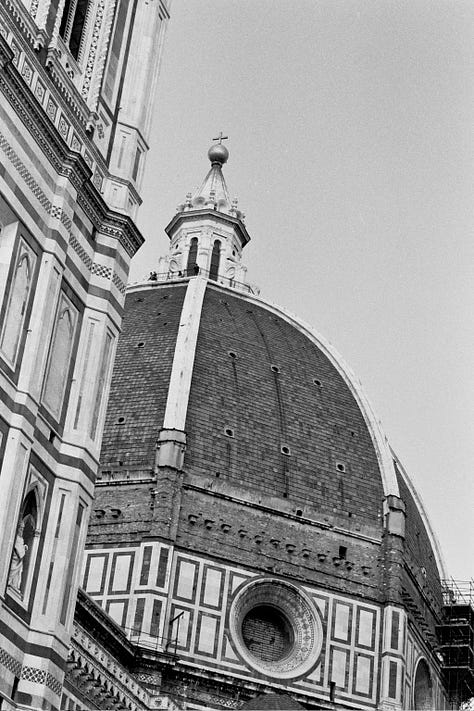
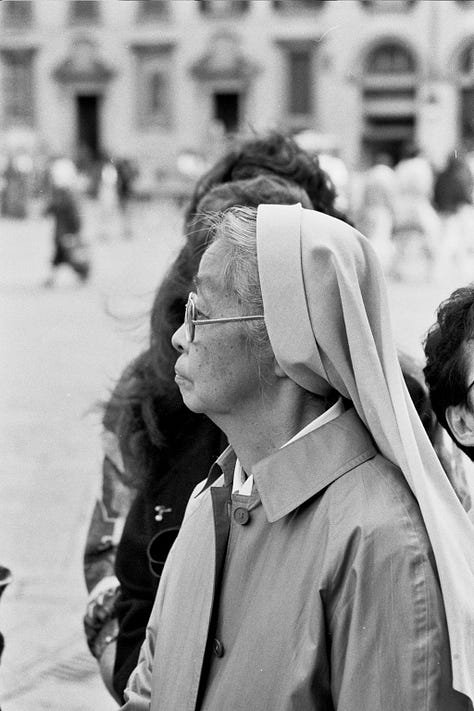
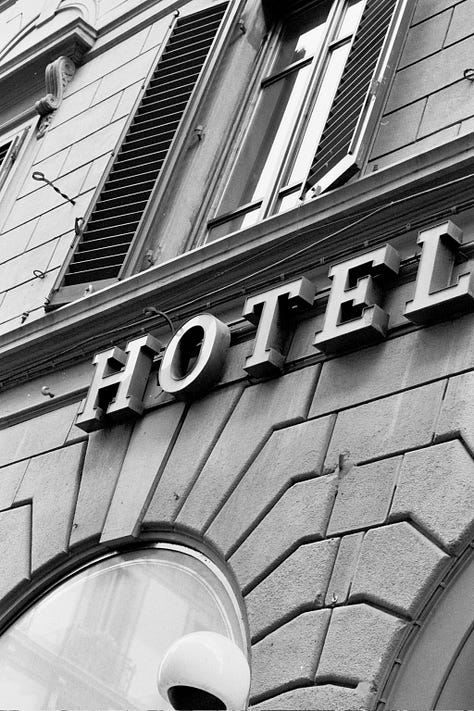
My hometown Amsterdam
For me, Amsterdam is home after travelling; for many tourists, it is a picturesque city along the canals with interesting museums; and for some, it is a free-format amusement park where you can drink, smoke and do whatever you want.
Amsterdam launched the 'Stay Away' campaign to prevent party tourists from coming, is banning new hotels from opening in the city centre (unfortunately introduced after they granted permission for that hideous hotel on Leidseplein), and is making it harder to rent out houses to tourists.
Meanwhile, citizens are protesting against mass tourism (mainly targeting the municipality). Not only because of the misbehaving tourists in the Red Light District but also because of the impact on the quality of life and the overall street scene. Imagine streets slowly changing into characterless entertainment strips filled with shops catering purely to superficial tourism: Nutella waffles, candy all over, cheap clothing, and cheese that nobody in the Netherlands actually buys. Just like Venice: people live there.
Is it FOMO and Social Media?
I asked AI about the relationship between FOMO, social media, and overtourism. Here’s the summary:
The relationship between overtourism and FOMO (Fear Of Missing Out) is largely driven by social media, where constant exposure to travel content creates an urgent desire to visit popular destinations. This is amplified by influencer culture and the omnipresence of travel information across multiple platforms, creating a cycle where more visitors generate more social media content, which in turn produces more FOMO. The result is that popular destinations become increasingly overcrowded as travellers rush to experience these 'must-see' locations for themselves.
Constant exposure.
More, more, more.
Rush.
I also reached out to the Substack community and my Instagram about this. One very relatable response was: "I skipped all the must-sees in Kyoto."
Social media is an entirely different discussion nowadays, but with travel in mind, we could all be more mindful about how we consume, and act (check this TikTok example) upon the photos and videos we encounter each day.
We are also a bunch of over-consuming spoiled people, aren’t we? I often hear complaints about tourist taxes, rising travel costs, museum reservation systems, and frustrated locals. Some people I know spend nearly every day off on holiday. With an average of 25 paid vacation days in the Netherlands plus 5 to 8 public holidays (don’t even ask), that’s quite a lot. Compare that to our (grand)parents—travel wasn’t nearly as accessible, and yet somehow, they managed just fine.
It’s not new
Tourism's rich history dates back to Ancient Romans, who travelled from Rome to seaside villas around 50 BC. Mass tourism truly emerged in the 19th century, marked by Thomas Cook's first organised train tour in 1841. The introduction of Baedeker's travel guides (1839) and the completion of the First Transcontinental Railway (1869) transformed travel from an elite privilege to an accessible activity.
From the early 20th century, there were already signs of overtourism. The Alps faced large visitor numbers around 1900, Venice complained about too many tourists in the 1950s, and Coney Island (New York) was overwhelmed by visitors in the 1920s. Some places had early measures: Bath in England implemented visitor limitations in the 18th century, whilst Yellowstone National Park introduced visitor regulations in 1872.
Key academic works2 reveal these insights:
Mass tourism began in the 19th century with the rise of railways
Early warnings about negative effects were often ignored
Historical solutions focused mainly on infrastructure and visitor distribution.
Is there an answer?
I don't have the solution, but I'm part of the problem as well. With my 'Add This to Your Itinerary'. I think it's important to keep discussing the issue at all levels and to take action.
Governments and municipalities can implement measures, as some destinations are already doing. Certain places are using technology to gain insights for crowd management, while others, like Prague, actively involve residents. Locals had the opportunity to express their concerns about noise, overcrowding, and the changing character of their neighbourhoods. Destinations can also learn from one another. Are negative campaigns (like tourist shaming) effective, or are other approaches more successful?
As travellers, we can also be more conscious. This might include not following the masses but creating our own path, skipping touristic highlights like the Taj Mahal (like I did; but I was tired of temples at that time) or the Eiffel Tower, not treating travel as an endless to-do list (and ignoring 'must-visit' lists), and exploring ‘destination dupes’.
Though, these alternatives can also be questionable - I recently saw someone suggest Rotterdam instead of Amsterdam 😬.
Another option is travelling outside peak seasons when possible. And take your time. We travel for many reasons, but mainly because we are curious. With a little extra effort and a slower pace, we can see and experience so much more.
As travel writers, we could invite our readers to look beyond the obvious (something
does in Diary of Rome for Curious Travelers), to slow it all down ( is a good example) or bring historical context (like ).Listen, Watch & for your Agenda
In the BBC podcast Overtourism: How to Be a Responsible Tourist, the discussion focuses on the problems of overtourism and what both tourists and locals can do to protect the places we love to visit.
At the International Film Festival in Rotterdam, I saw some great films I would like to recommend to you. First, the impressive Brazilian film (and winner of the audience award at IFFR) I'm Still Here, starts with a family in a charming house close to the beach in Rio de Janeiro but eventually shows the horrifying history of the military dictatorship in Brazil. Second, The Last Journey, in which a TV host takes his father on a trip down memory lane to southern France in a Renault 4. Bring some tissues when you watch it.
For your agenda: The third season of The White Lotus (set in Thailand) is scheduled to premiere on HBO on February 16, 2025.
The last scene of the film Atlantide shows an unknown and almost hypnotic side of Venice:
In this post, I use many sources found on online media and Substack. As I wanted to keep the text readable, I didn't include them all as links in the post itself. However, without these sources, I wouldn't have been able to write the post. So thanks to: Substack sources
, , , , , and , and Dutch newspapers Volkskrant.nl and Parool.nl‘Tourism in History’ (Feifer, 1985), ‘The Holiday Makers’ (Krippendorf, 1987) and ‘Tourism: Past, Present and Future’ (Burkart & Medlik, 1981).





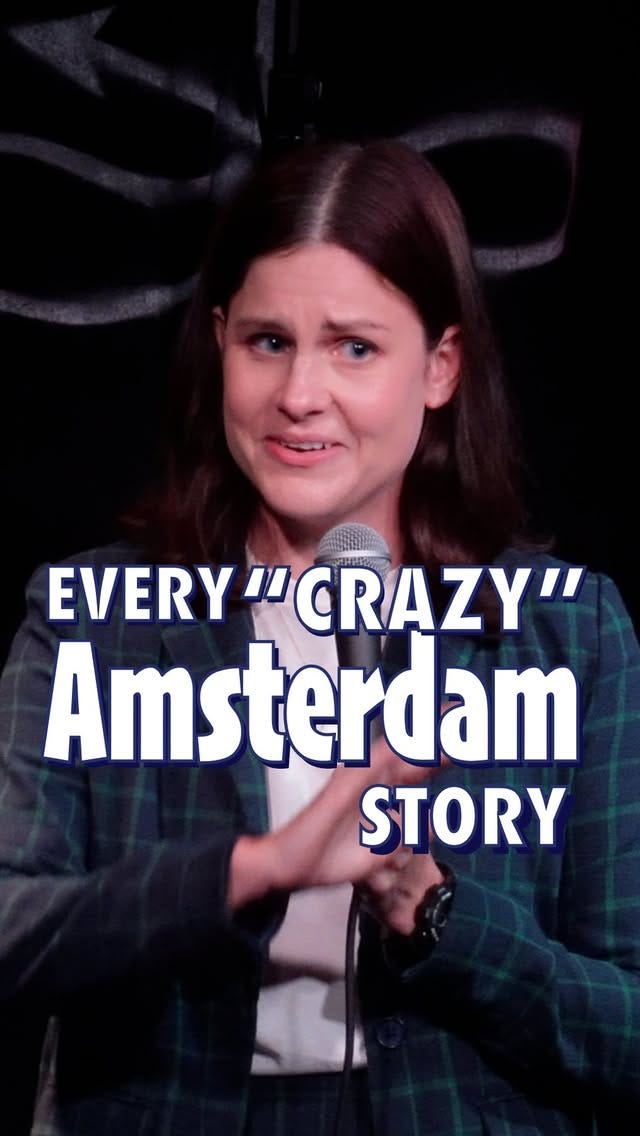

A Fascinating read. For me experiences are always better out of season, or in lesser visited places. There is an authenticity that is present when mass tourism is not around.
"As travel writers, we could invite our readers to look beyond the obvious". Thats exactly what I try and do!
1. Ban or severely limit short term rentals in city centers.
2. Cruise ships should not be allowed to dock, leave them at sea :). Or charge passengers fee for going on shore.
3. Cost of flights should include significant carbon/convenience tax to make them more prohibitive.
4. Travel writers and influencers should also show the downside of traveling and focus more on the locals/culture/history rather than the tourists’ experience and comfort.
5. People need to change their mindset and think about slow travel (more time in fewer places), including places closer to home. Don’t fly somewhere unless going for a week or more. Think about long term stays (I’ve lived in 7 countries for 1 month to a year or more each, as a student, volunteer, teacher, and visitor). Beats flying somewhere for a 3-day weekend that you won’t remember a year later.